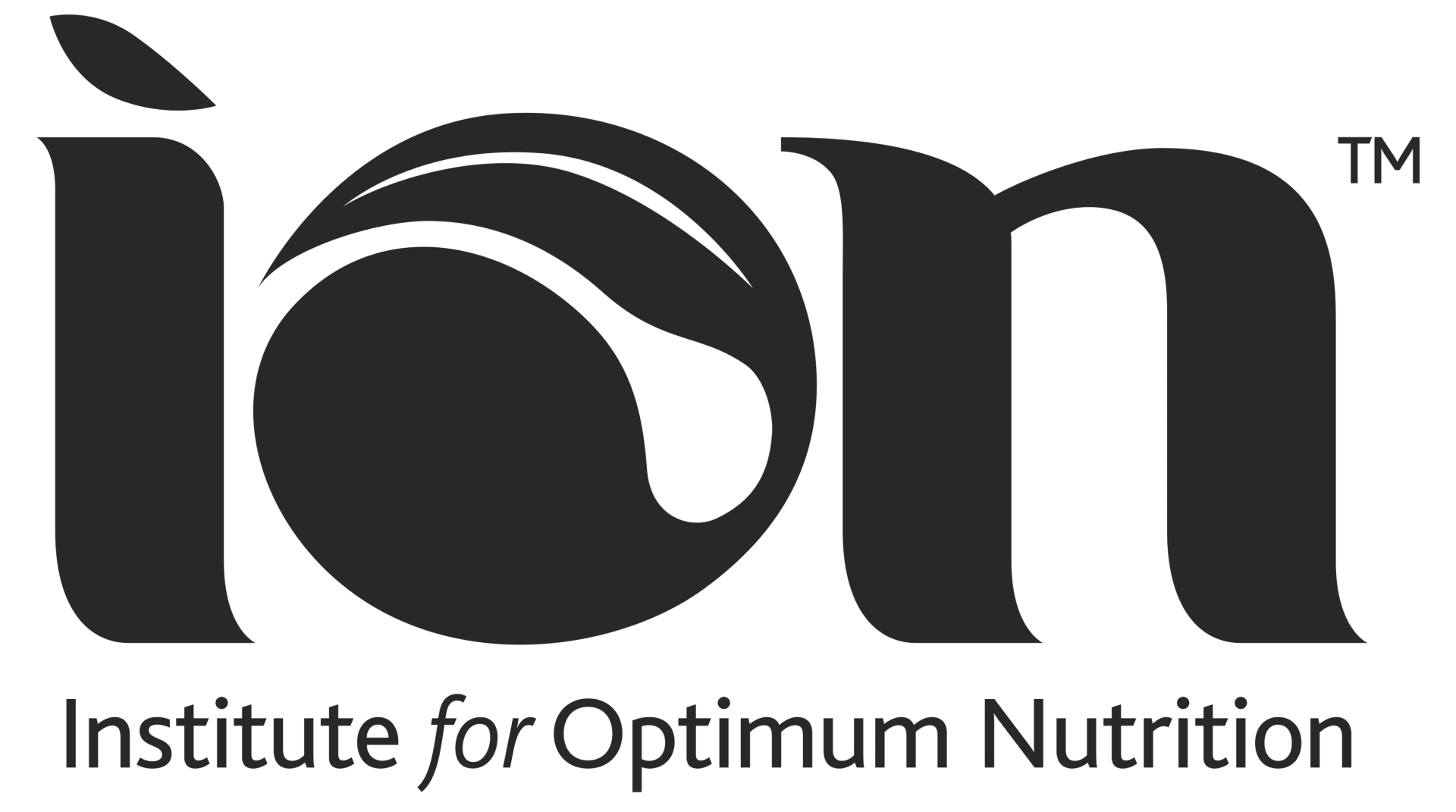Published on 1st March 2017
If you struggle to meet the ‘five-a-day’ fruit and veg recommendation, then you probably don’t want to hear that you should be eating twice that amount – that’s according to a recent study published in The International Journal of Epidemiology.
The study, led by scientists from Imperial College London, showed that eating more than five portions of fruit and veg per day could cut the risk of heart disease, stroke, cancer and death.1 Reductions in risk were observed up to 800g/day – the equivalent of around 10 portions – for all outcomes except cancer, which showed benefits up to 600g/day (7.5 portions/day).
These findings came from a meta-analysis of 95 studies that looked at the relationship between fruit and veg intake and incidence of or death from coronary heart disease, stroke, total cardiovascular disease (CVD) and cancer, as well as all-cause mortality (death from any cause).
The authors also found that some types of fruits and veg were better than others. For coronary heart disease, stroke or CVD, apples/pears, citrus fruits, cruciferous vegetables, green leafy vegetables, tomatoes, beta-carotene-rich or vitamin C-rich fruit and vegetables were associated with a risk reduction; while for total cancer, cruciferous vegetables and green-yellow vegetables appeared to be the most protective. Apples/pears, berries, citrus fruits, cooked vegetables, cruciferous vegetables, potatoes and green leafy vegetables/salads were associated with a reduced risk of all-cause mortality.
Dr Dagfinn Aune, lead author of the research from the School of Public Health at Imperial said: “We wanted to investigate how much fruit and vegetables you need to eat to gain the maximum protection against disease, and premature death. Our results suggest that although five portions of fruit and vegetables is good, 10 a day is even better.”
But before we start panicking at the mere thought of having to eat an extra carrot or two (or three tablespoons to be precise, which equals one portion) the results showed that even an intake of 200g – 2.5 portions – still offered benefits. While eating 10 servings of fruit and veg per day was associated with a 24 per cent risk of heart disease, a 33 per cent reduced risk of stroke, and a 28 per cent reduced risk of cardiovascular disease, consuming just a quarter of this reduced the risk of these health outcomes by 16 per cent, 18 per cent and 13 per cent, respectively.2
It’s also important to remember that this was a meta-analysis, so the results are really only as good as the individual studies included. Plus, it’s likely that individuals who eat more fruit and veg also adopt other healthy lifestyle practices (e.g. more exercise, not smoking, less alcohol, few processed foods, etc.). In other words, it might not just be about fruit and veg – although the researchers did take some of these factors into account.
However, obesity researcher and author Dr Zoë Harcombe is critical of the findings. She said: “I have always found that F&V [fruit and veg] intake is a marker of good health, not a maker of good health i.e. healthy people eat fruit and veg (and tend to be better educated, more affluent, live in better areas, exercise more, don’t smoke, drink moderately etc), the F&V does not make them healthy.” Ultimately, she says, these findings show an association, not causation.
However, Nicola Moore, nutritional therapist and head of the Optimum Nutrition Clinic at ION, welcomes the findings. She said: “Vegetables and fruits are so incredibly important to health, not only because of their vitamins, minerals and plant chemicals, but because of the hydration and fibre they contain too. They provide nutrition to feed our cells, improving our chances of being optimally healthy, but also encourage a diverse and healthy gut microbiome (the trillions of beneficial bacteria that live inside us).” She did acknowledge, however, that 10 a day is a large target to reach and requires some thought and effort to achieve.
The British Association for Applied Nutrition & Nutritional Therapy (BANT) also advocates eating more vegetables of different colours (Eating a Rainbow). A spokesperson said: “BANT practitioners generally recommend eating a higher proportion of vegetables to fruit when meeting the daily target, to limit sugar intake. It is important to note that fructose is also sugar and has been widely linked to obesity and type 2 diabetes.”3 On a daily target of seven vegetables and fruit, BANT recommends two portions of fruit per day (one if the goal is weight-loss), and does not suggest a limit on vegetable and salad intake.
Read more articles and recipes
Reference:
- Aune D et al (2016). Fruit and vegetable intake and the risk of cardiovascular disease, total cancer and all-cause mortality–a systematic review and dose-response meta-analysis of prospective studies. Int J of Epidemiol. DOI https://doi.org/10.1093/ije/dyw319
- www3.imperial.ac.uk/newsandeventspggrp/imperialcollege/newssummary/news_22-2-2017-16-38-0
- bant.org.uk/2017/02/23/bant-comments-on-a-study-which-states-you-should-be-eating-10-pieces-of-fruit-or-veg-every-day/






